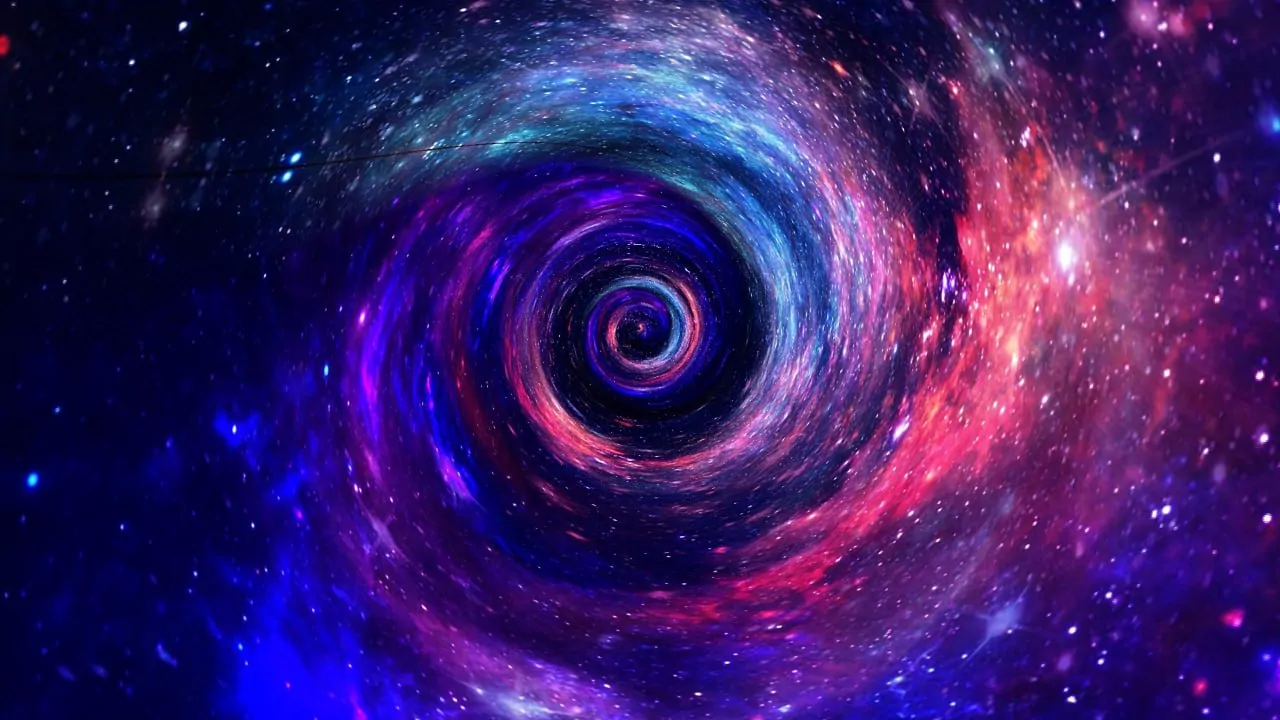The universe can be infinite. But it may not be. We don’t know the final answer yet. To date , the following is known:
— When it comes to the size of the universe, they mean the observable universe. It is not identical to the universe at all. We can observe the universe only from a certain point in its life, because before that the universe was opaque to radiation, therefore, no observable consequences of that era have reached us. In any case, direct consequences.
— The size of the observable universe in any direction is estimated at 46 billion. light years. The figure is theoretically obtained by substituting the Hubble constant into the equations of the Friedman model of the Universe and verified practically using several independent methods. In principle, the probability of error still remains, but it is small. Everything that lies beyond this distance is fundamentally inaccessible to our observations.
— Singularity is a mathematical concept, not a physical one. It is not quite correct to talk about the size of the singularity. This is about how to estimate the size of ln(-2) in meters. It is correct to estimate the size of the Universe at the first moment of its existence after the singularity.
— In addition to the expansion characterized by the Hubble constant (which is not exactly constant, but we will omit these details for now), the universe at the very beginning, immediately after the Big Bang, went through a period of inflationary expansion, the speed of which is significantly higher. In fact, inflation is a rapid exponential expansion. The inflation hypothesis is still a de facto hypothesis, but there is a lot of weighty evidence in its favor.
— Well, actually, what was the size of the universe before inflation, we do not know. Within the framework of the available mathematical models, it turns out to be finite (and close to zero) at time t= 0. But the trouble is that the available mathematical models cannot model this situation correctly. Actually, from where those mysterious singularities originate — read: singular points in solutions of equations of the theory of relativity.
There are no explicit experimental or observational confirmations of the infinity of the universe, but there are implicit ones. For example, the average measured density of the Universe is extremely close to the critical density. This, in turn, means that the spatial geometry of the Universe is close to flat, which means that the Universe cannot be closed to itself like a globe. It stretches endlessly. Well, or in any case much further than we are able to register with the available devices.
